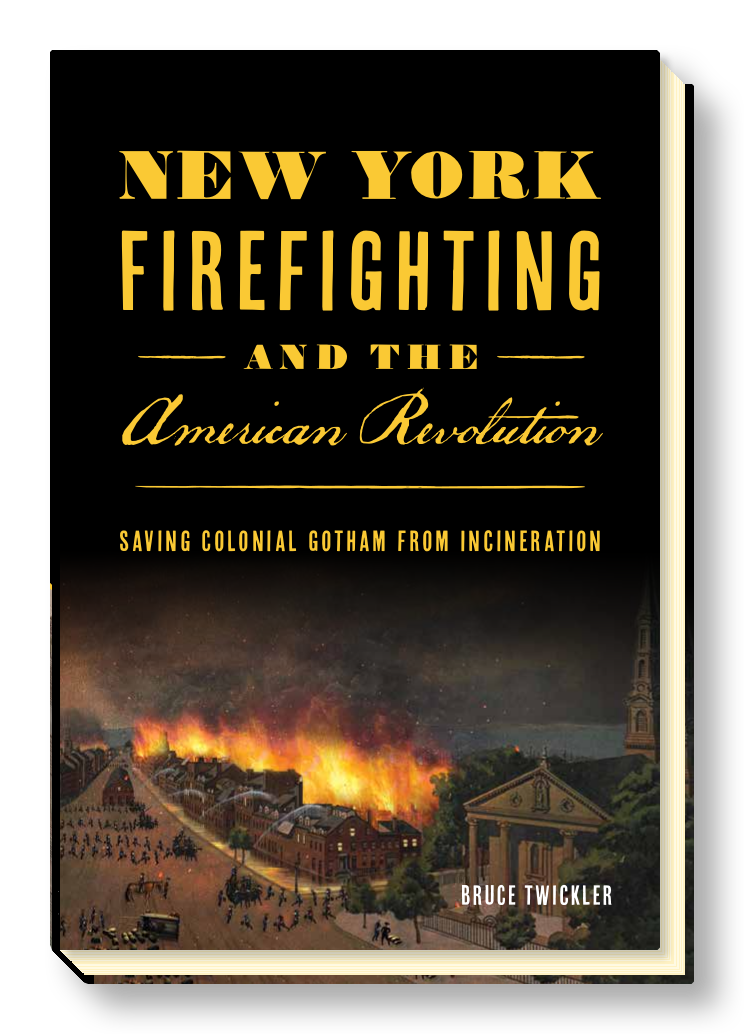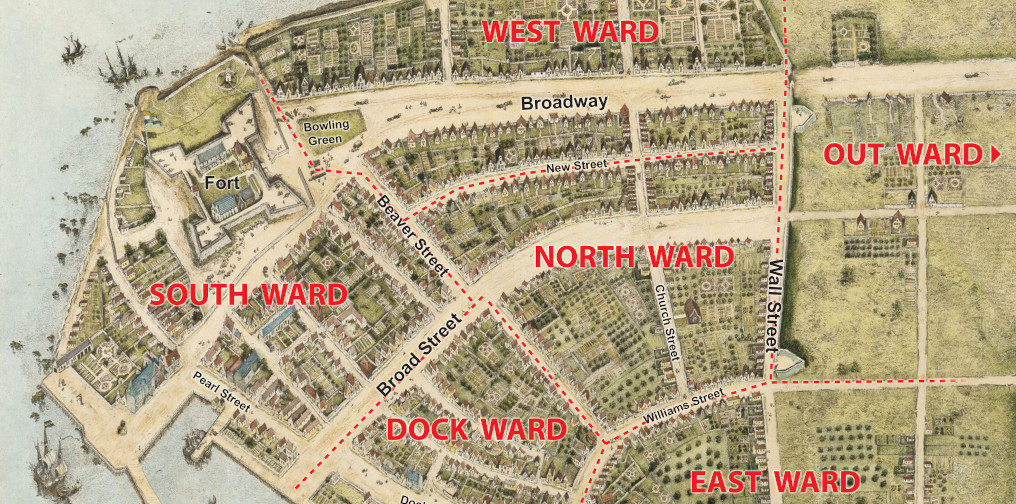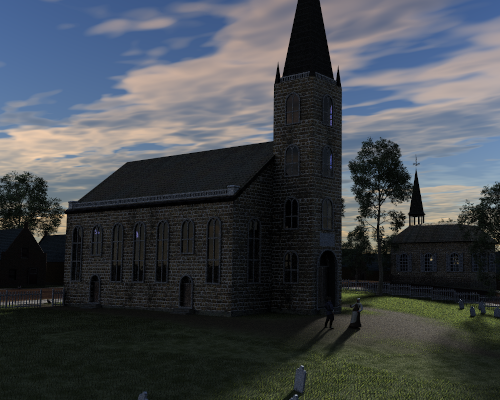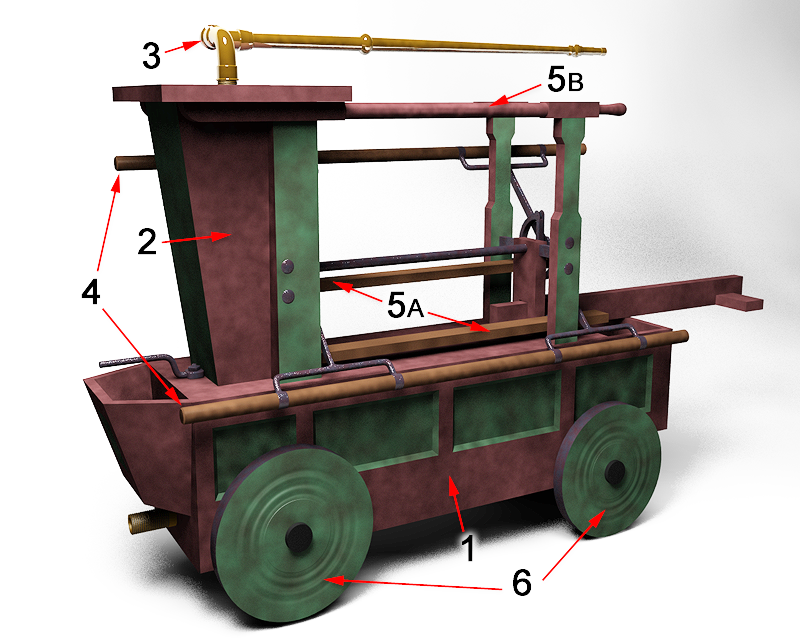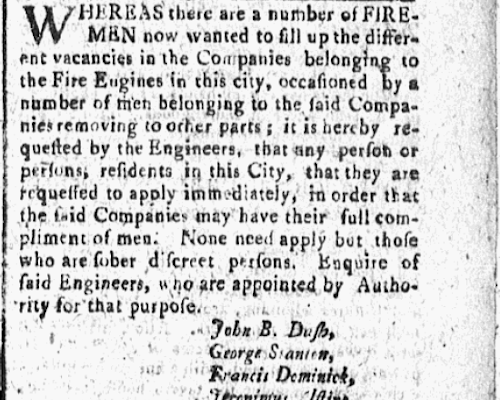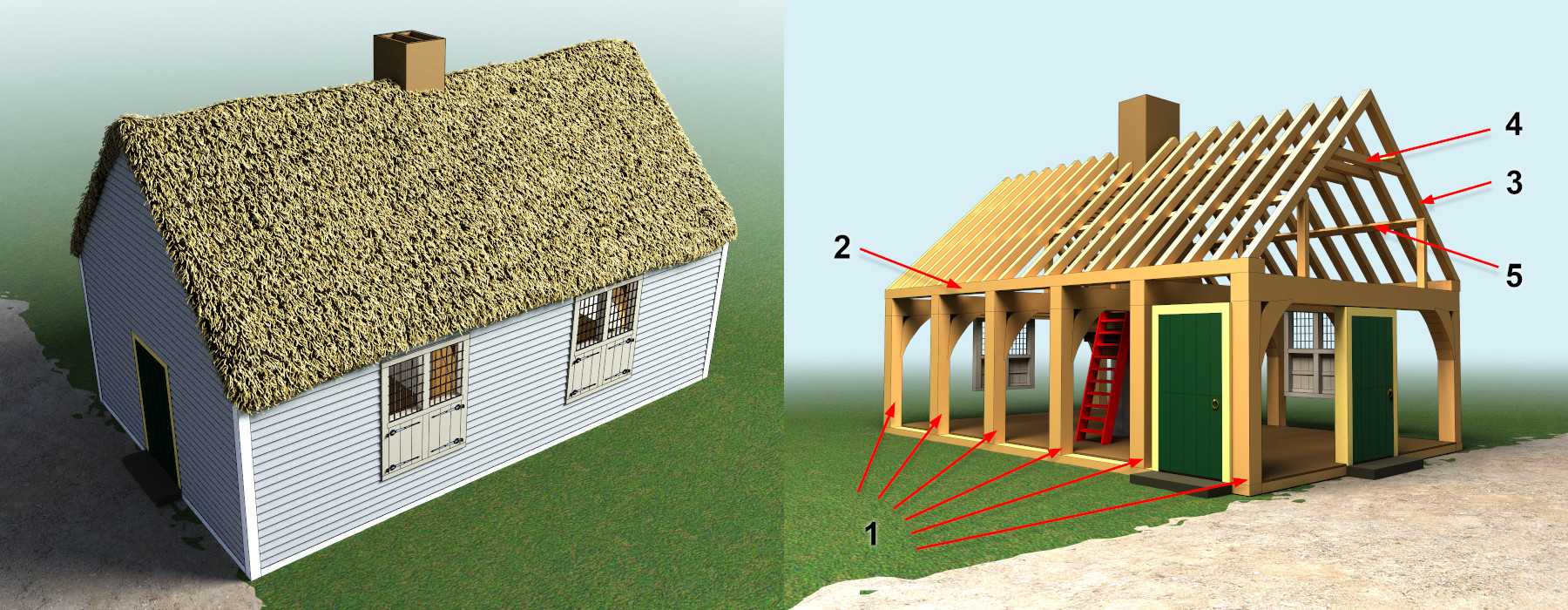
1650s New Amsterdam is a village built of wood - exteriors are wood as are frames, chimneys, furniture, fuel, carts, and ships. Wood burns... firefighting is crucial.
1650s New Amsterdam is a village built of wood
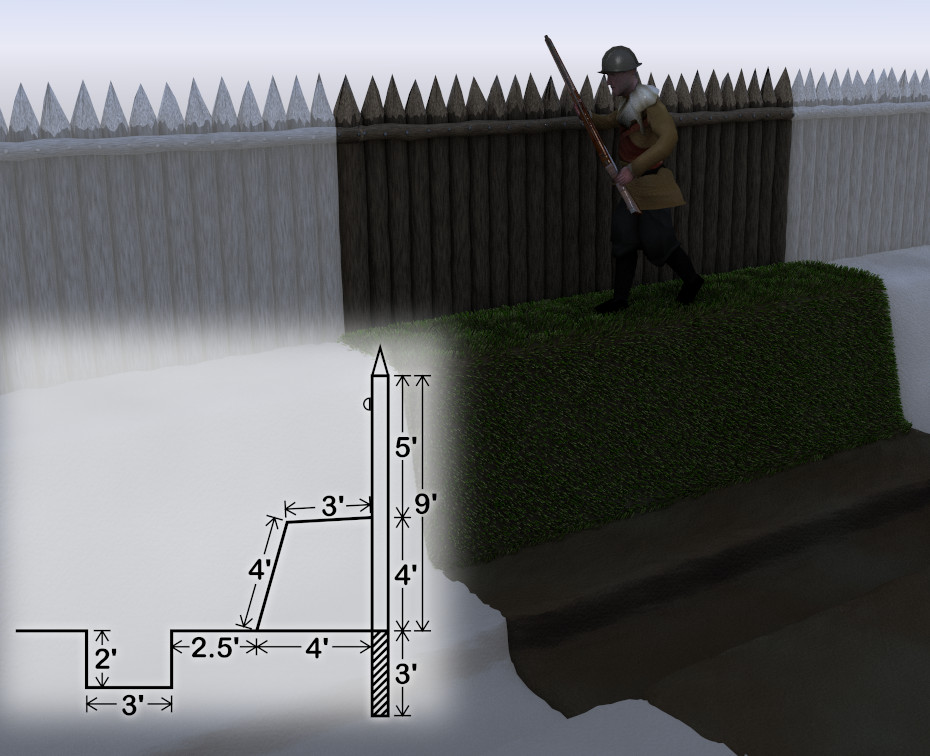
This 2,000 foot wall built in 1653 gave Wall Street its name - built as protection from potentially aggressive competitors, at first the English, later Indigenous Native Tribes.
This 2,000 foot wall built in 1653 gave Wall Street its name
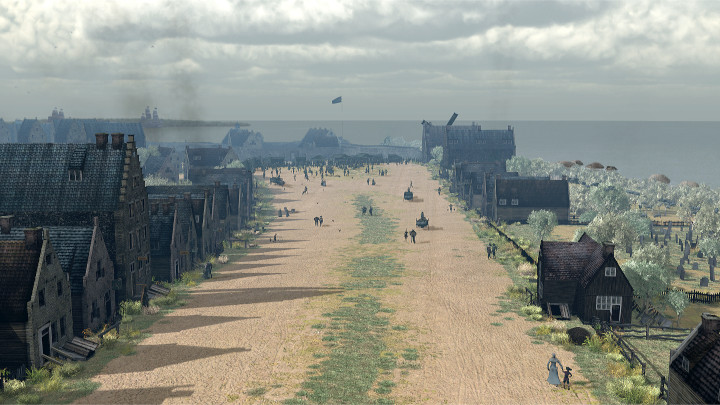
Dutch Manhattan August, 1664 - looking south on Broadway from the Wall. English warships in harbor have come to change New Amsterdam to New York.
Dutch Manhattan August, 1664
English New York 1700 divided into wards
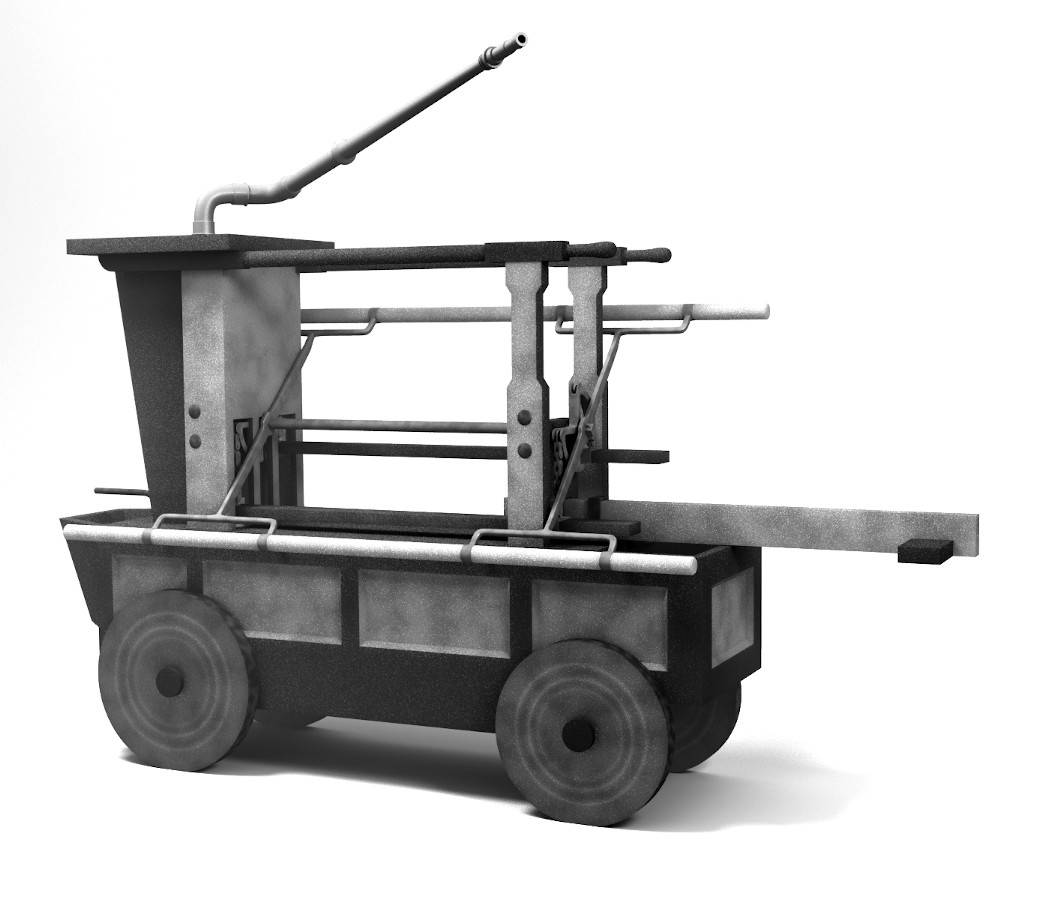
Newsham fire engines imported in 1730s - Followed soon by establishing dedicated volunteers that formed the colonial FDNY.
Newsham fire engines imported in 1730s
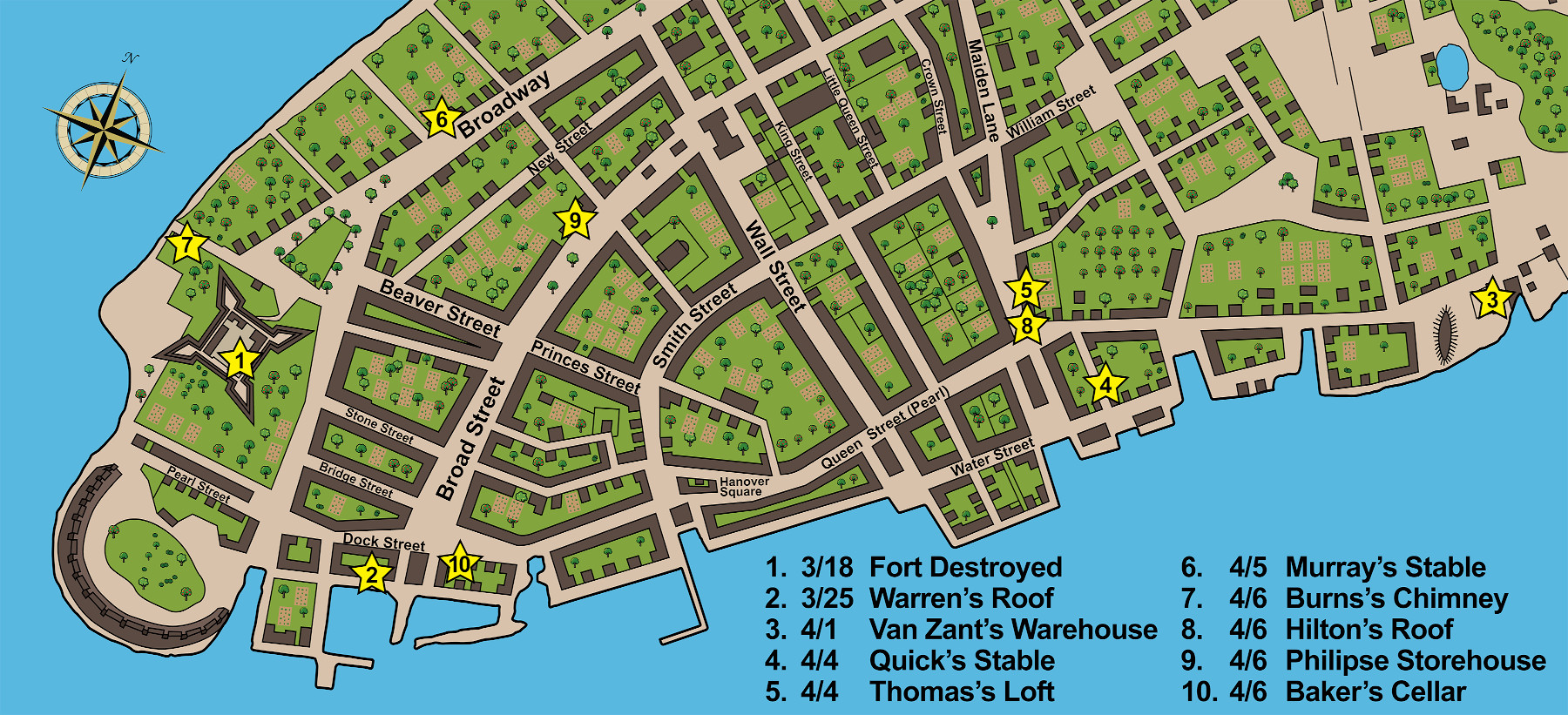
The FDNY's first big test - the arsons of 1741 - ten in succession over three weeks tested the capabilities of the department.
The FDNY's first big test
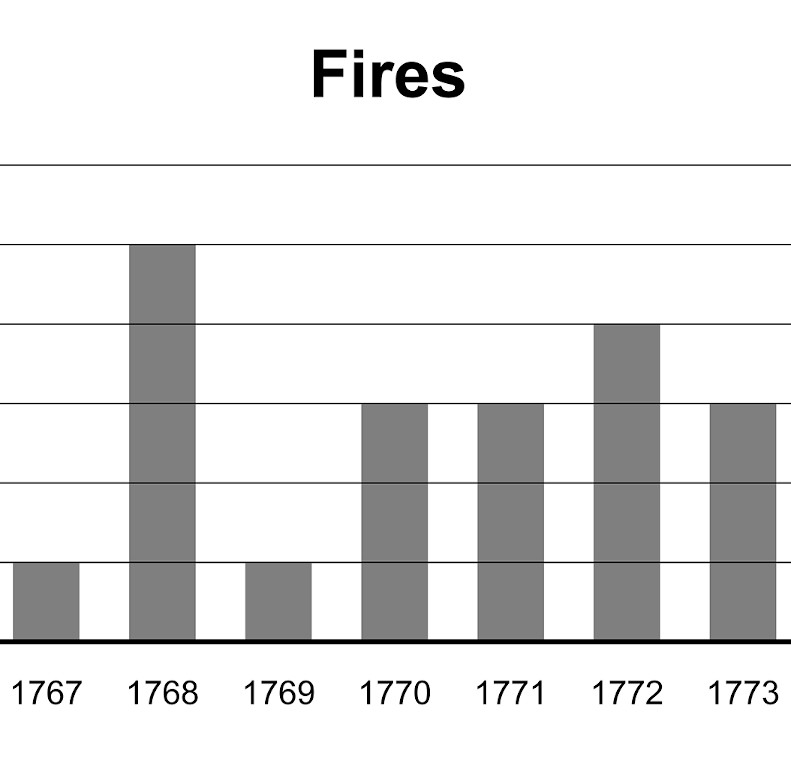
Fires in the decade before the revolution - illustrates the overall effectiveness of New York firefighting.
Fires in the decade before the revolution
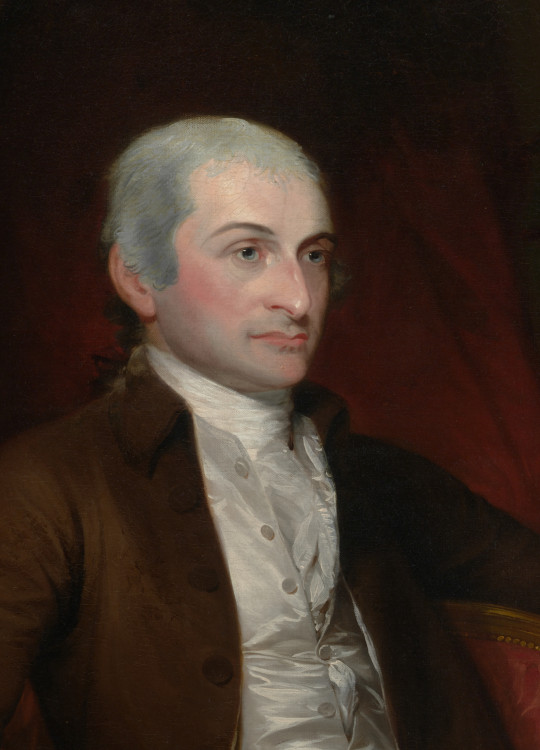
John Jay - A prominent New York revolutionary leader and future "founding father", adapted the FDNY to Congress' revolutionary purposes.
John Jay
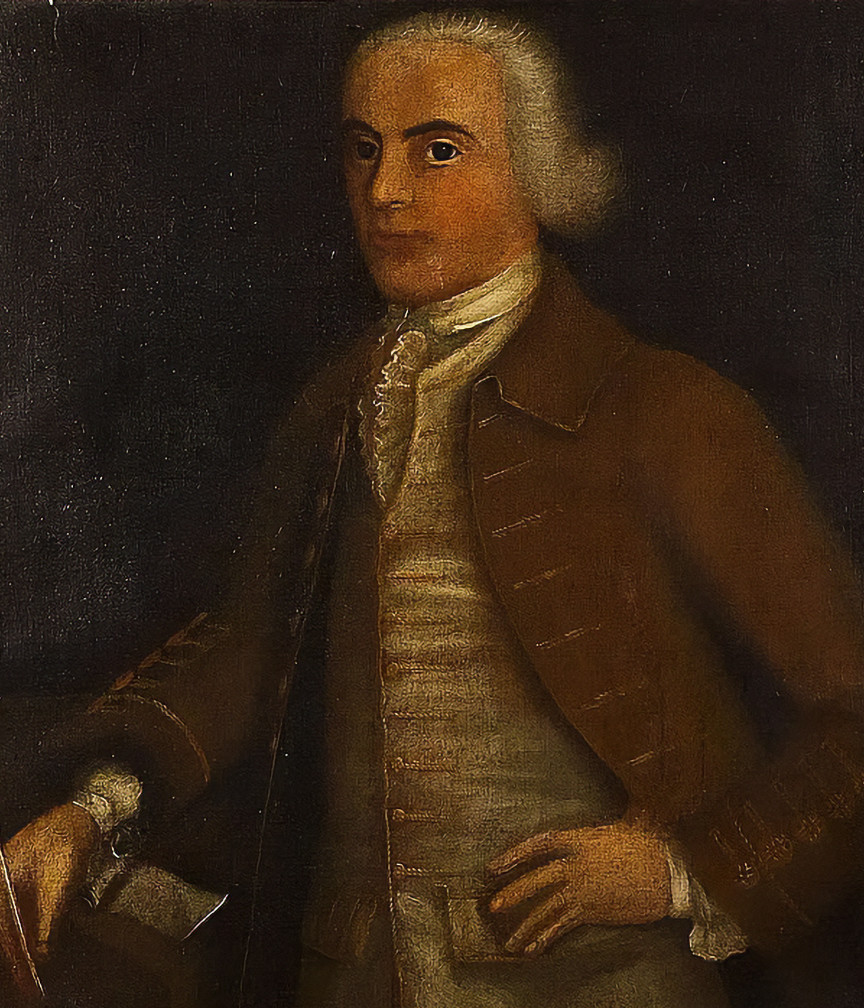
Stoutenburgh - Isaac was a leader in the fire department before the revolution, a New York militia officer and legislator during the war, and an alderman after the war helping to rebuild the city.
Stoutenburgh
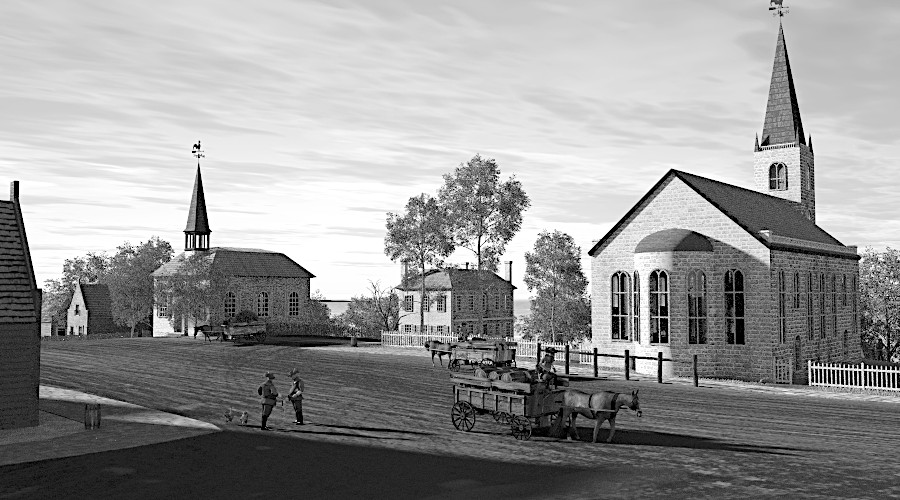
View from Wall Sreet and Broadway in the 1770s - shows Trinity Church, the Lutheran Church, and the School House.
View from Wall Sreet and Broadway in the 1770s
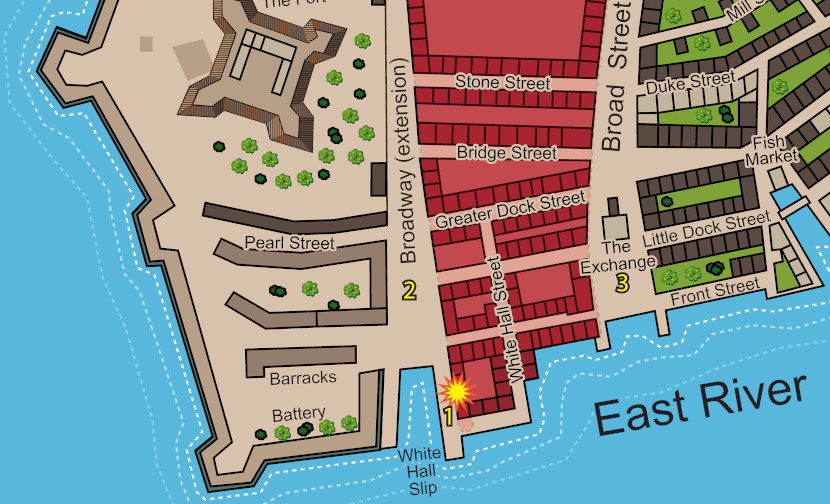
The Great New York Fire of 1776 - the largest fire in America in the colonial period, began at the southern tip of the city near White Hall.
The Great New York Fire of 1776
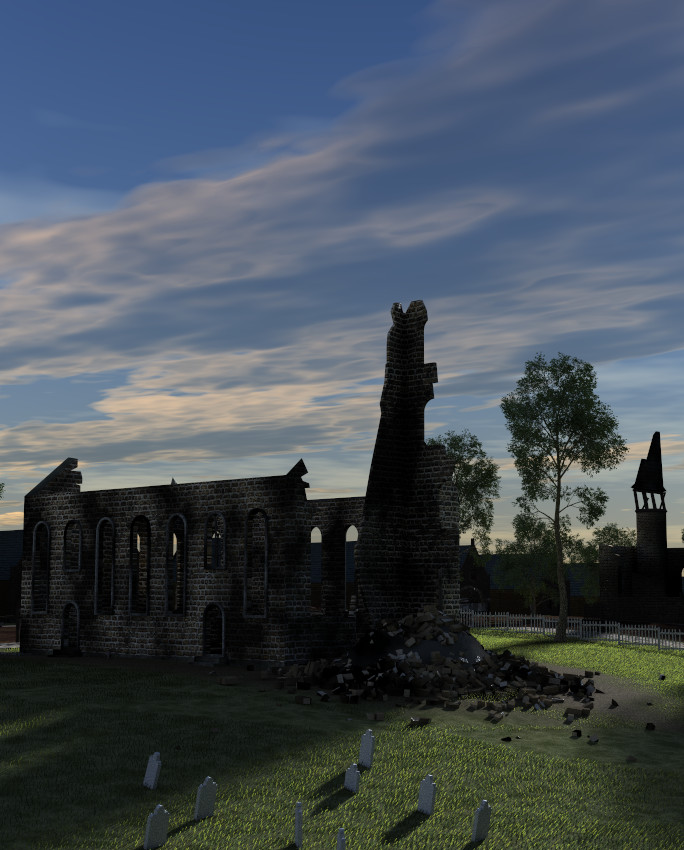
Trinity Church was burnt to its foundations - Trinity parish with its fixtures, attendant buildings, and rental property suffered the largest single loss.
Trinity Church was burnt to its foundations
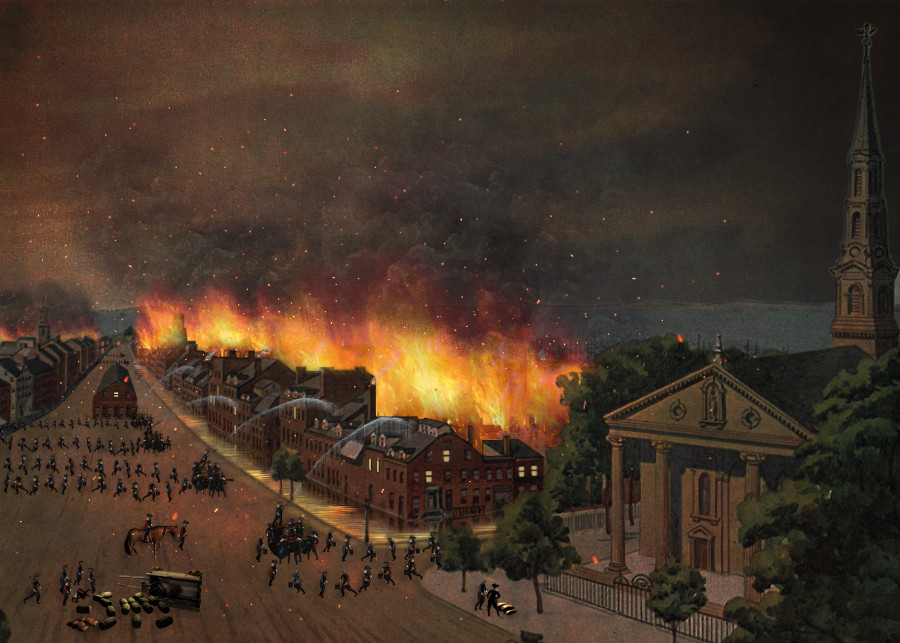
The efforts of the FDNY saved St. Paul's Church - along with the Oswego Market and the west side of Broadway north of Trinity.
The efforts of the FDNY saved St. Paul's Church
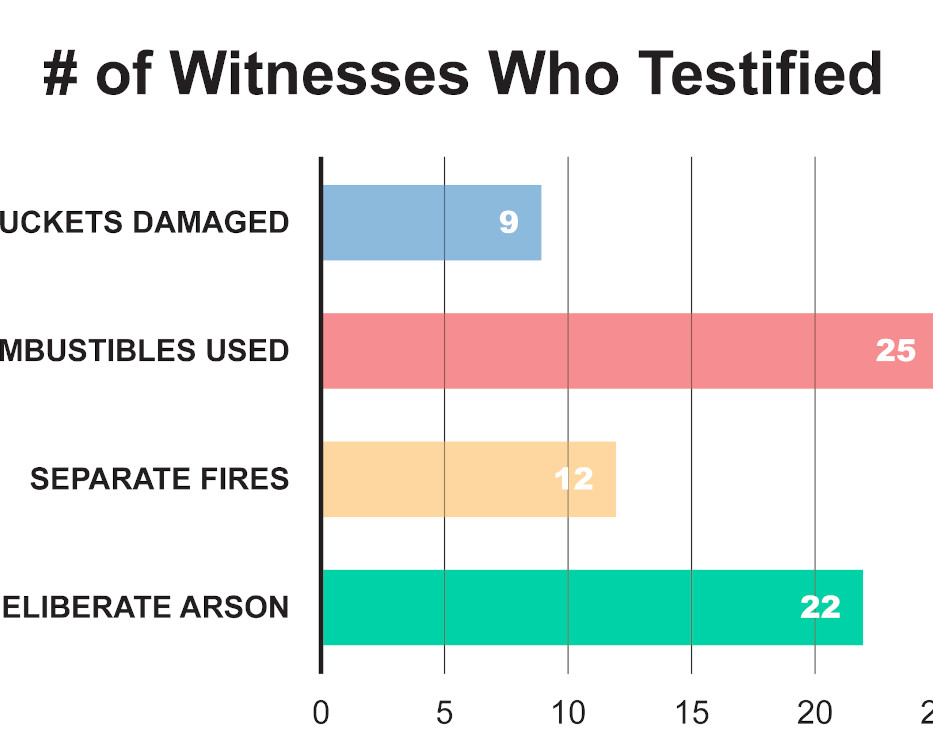
The Results of 1783 Carleton Commission - took the sworn testimony of eye-witnesses, who saw fire-equipment damaged; combustibles; fires erupting far from the original blaze; and an arsonist torching sheds.
The Results of 1783 Carleton Commission
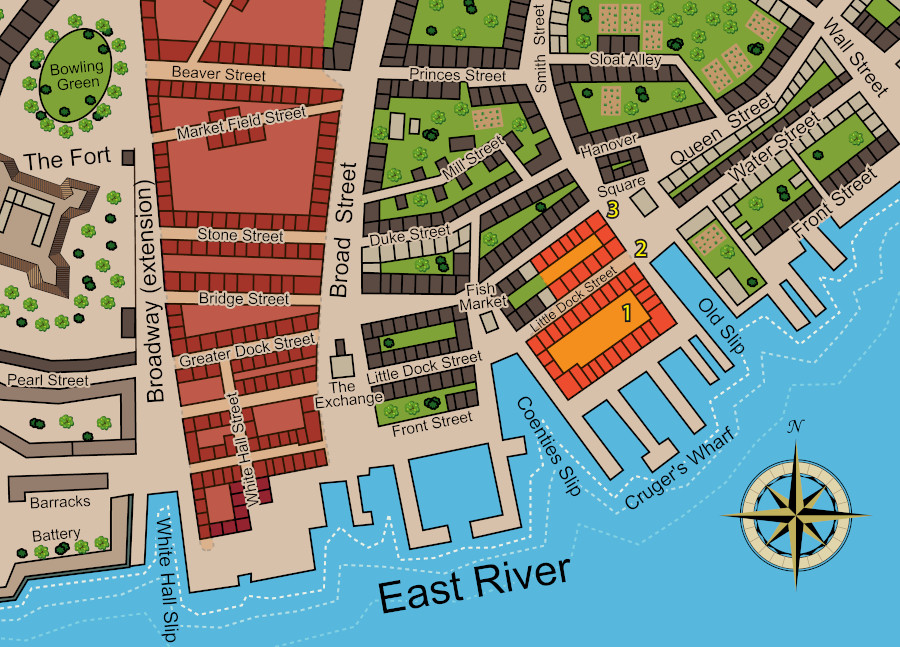
The 1778 Fire was the 2nd most devastating fire in colonial New York - But provided the impetus for the British to designate the FDNY as the primary firefighting force for the remainder of the revolution.
The 1778 Fire was the 2nd most devastating fire in colonial New York
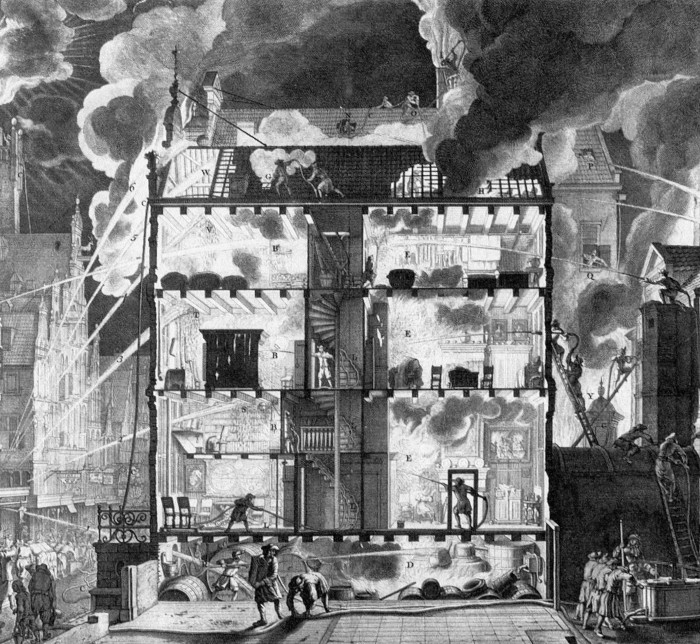
Dutch urban firefighting --- the advanced model for the 18th century --- Van der Heyden organization of the Amsterdam department and his technical innovations were models for the rest of Europe and America.
Dutch urban firefighting
Saving New York Website
provides another dimension for understanding the history of colonial New York.
Superb original Illustrations, Maps, Graphs, and Stories
Beautiful reconstructions of New York and New Amsterdam in the 17th and 18th centuries based upon archival drawings and maps (see tabs above).
Instructive models, Animations, and Entertaining Spreadsheets
Scholars may value the databases, like the 1703 Census of individual households by sex, age, race, ward in analyzable Excel spreadsheets.
Hard-to-find Colonial News Articles on Fires and Firefighting
History buffs & students can easily dig deeper into the history of colonial fires by clicking the thumbnail links of actual colonial newspaper articles.
For a complete detailed view and direct access to the website visit:
Saving New York At-a-Glance

